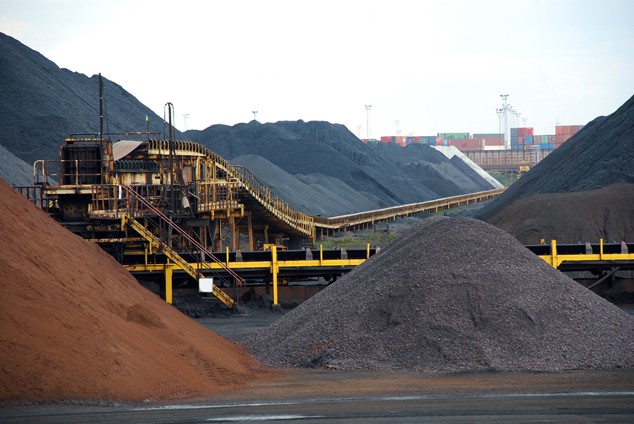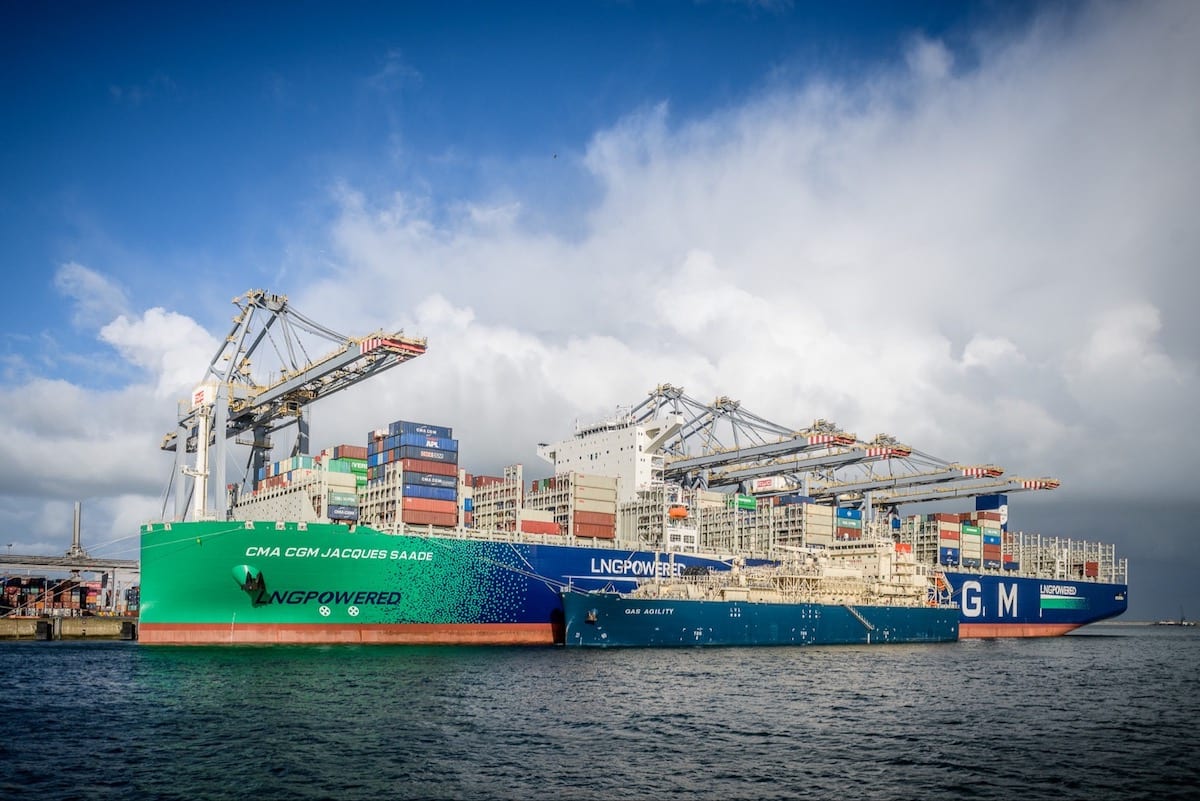(Bloomberg) — Record coal stocks at power plants in China, the biggest consumer of the fuel, are threatening to reverse the rally in rates for commodity carriers and diminish returns for ship owners to the lowest in more than a decade.
The utilities have 91 million metric tons in reserve and stockpiles at the largest ports come to more than 90 percent of capacity, according to the China Coal Transport & Distribution Association and SteelHome, a Shanghai-based research company. Panamax rates will drop 48 percent to an average of $5,000 a day this quarter, said Steve Rodley, managing director at Global Maritime Investments Ltd., which operates 64 ships. He correctly predicted a slump in earnings for larger Capesizes in March.
China cut borrowing costs for a second time in a month on July 5, seeking to boost growth that slowed for five consecutive quarters. Electricity output, about 75 percent of which comes from coal-fired generators, rose at the slowest pace in three years in April and May, government data show. The Panamax fleet, which carries more coal than any other commodity, will expand at about three times the pace of cargoes this year, according to London-based Clarkson Plc, the world’s biggest shipbroker.
“Chinese coal demand is so low right now,” said Jeffrey Landsberg, the New York-based managing director of Commodore Research & Consulting, an adviser to ship owners. “The Panamax market will be under pressure throughout this quarter, first and foremost due to a significant oversupply of vessels.”
Crop Cargoes
Earnings for the 750-foot-long ships jumped 21 percent to an average of $9,630 in the second quarter as owners cut speeds and anchored vessels and South American crop cargoes surged after harvesting. Rates were at $9,128 yesterday, 29 percent lower than at the start of the year, according to the London- based Baltic Exchange, which publishes prices covering about 75 percent of global commodity cargoes.
Rodley’s forecast is below the $8,925 predicted by forward freight agreements, handled by brokers and used to bet on future transportation costs. The third-quarter contract declined 12 percent compared with April 20, its high point for 2012, according to Clarkson.
Ship owners need about $13,000 to break even once financing charges are included, estimates Arctic Securities ASA, an Oslo- based investment bank. Basic operating costs including crew and insurance are about $6,500, according to a London-based unit of Moore Stephens LLC advising the industry.
Slowest Advance
China’s thermal-coal imports will increase 8.4 percent to 110.8 million tons this year, the weakest growth since 2008, according to Clarkson. That will contribute to a 4.9 percent gain in global seaborne trade in the fuel, the slowest advance since 2009, the broker estimates. Coal is the world’s third- biggest commodity cargo after oil and iron ore.
Expanding Chinese power capacity may increase demand for coal imports. There are at least 26 coal-fired plants being built with a combined output of 21,411 megawatts, equal to 6.6 percent of existing capacity, according to data compiled by Bloomberg.
Panamax rates also may climb on demand to haul other cargoes. A shortage of vessels in the Atlantic region during the South American harvest drove rates 64 percent higher in April, according to RS Platou Markets AS, the investment-banking unit of Norway’s largest shipbroker. U.S. and European farmers usually start gathering wheat, corn and soybeans this quarter.
Owners may seek to shore up rates by slowing down or idling vessels. Anchored Panamaxes averaged 552 last month, compared with 396 a year earlier, according to ship-tracking data compiled by Bloomberg. Speeds averaged 8.7 knots in June, from 9.25 knots in June 2011, the figures show.
Higher Rates
While the rally in Panamaxes may be reversing, equity analysts still expect shipping companies to advance. Shares of Golden Ocean Group Ltd. will gain 16 percent to 4.58 kroner in Oslo trading in the next 12 months, the average of 10 estimates shows. The Hamilton, Bermuda-based operator protected itself by locking in charters at higher rates, said Martin Korsvold, an analyst at Pareto Securities AS in Oslo.
Shares of DryShips Inc., which operates 29 Panamaxes, will advance 43 percent in the next 12 months, the average of eight estimates shows. The Athens-based company got 65 percent of its revenue from drilling rigs and drillships last year, rates for which are still rising, according to data compiled by Bloomberg.
The Panamax fleet grew 37 percent to 2,083 vessels since the end of 2007 as rates that rose as high as $94,977 that year spurred owners to expand, according to IHS Inc., an Englewood, Colorado-based research company. Outstanding contracts at ship yards are equal to 33 percent of existing capacity, more than for any other type of bulk carrier, the data show. Clarkson is predicting growth of 14 percent this year, the most since 1983.
Vessel Classes
The glut extends to other vessel classes. Earnings for Capesizes, which carry coal and iron ore, slumped 67 percent since the start of the year, according to the Baltic Exchange. Rates for very large crude carriers, hauling about 2 million barrels of oil, dropped 27 percent, Clarkson estimates.
China’s electricity production rose 3.2 percent in May after advancing 1.5 percent the previous month, according to data from the state-owned China Economic Information Network. Excluding a 5.1 percent decline in January, when factories were shut for the weeklong Lunar New Year holiday, they were the smallest gains since 2009.
China’s need for more coal also may weaken on a jump in alternative power sources. Hydropower generation in June rose by an amount equal to as much as 7 million tons of the fuel, or 88 Panamax cargoes, according to estimates from Commodore Research & Consulting. Thermal coal accounted for about 80 percent of the cargoes in single-voyage Panamax charters in the past 12 months, Morgan Stanley estimates. The fleet’s five busiest ports are all in China, ship-tracking data compiled by Bloomberg show.
“The Chinese have been stockpiling for some time, and their yards are very, very full,” said Rodley, whose company makes money by trading the difference between freight derivatives and rates for its 64 ships. “The oversupply is huge. It’s hard to find anything positive to say.”
– by Rob Sheridan and Isaac Arnsdorf, Copyright 2012 Bloomberg
Unlock Exclusive Insights Today!
Join the gCaptain Club for curated content, insider opinions, and vibrant community discussions.

 Join The Club
Join The Club













